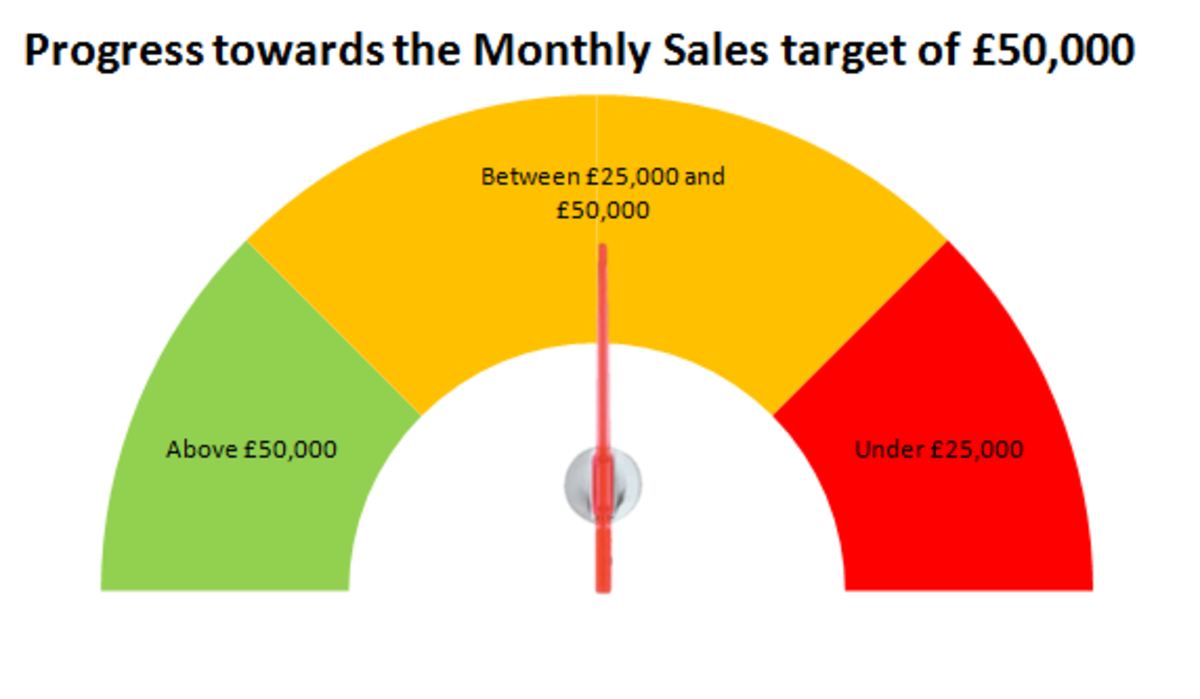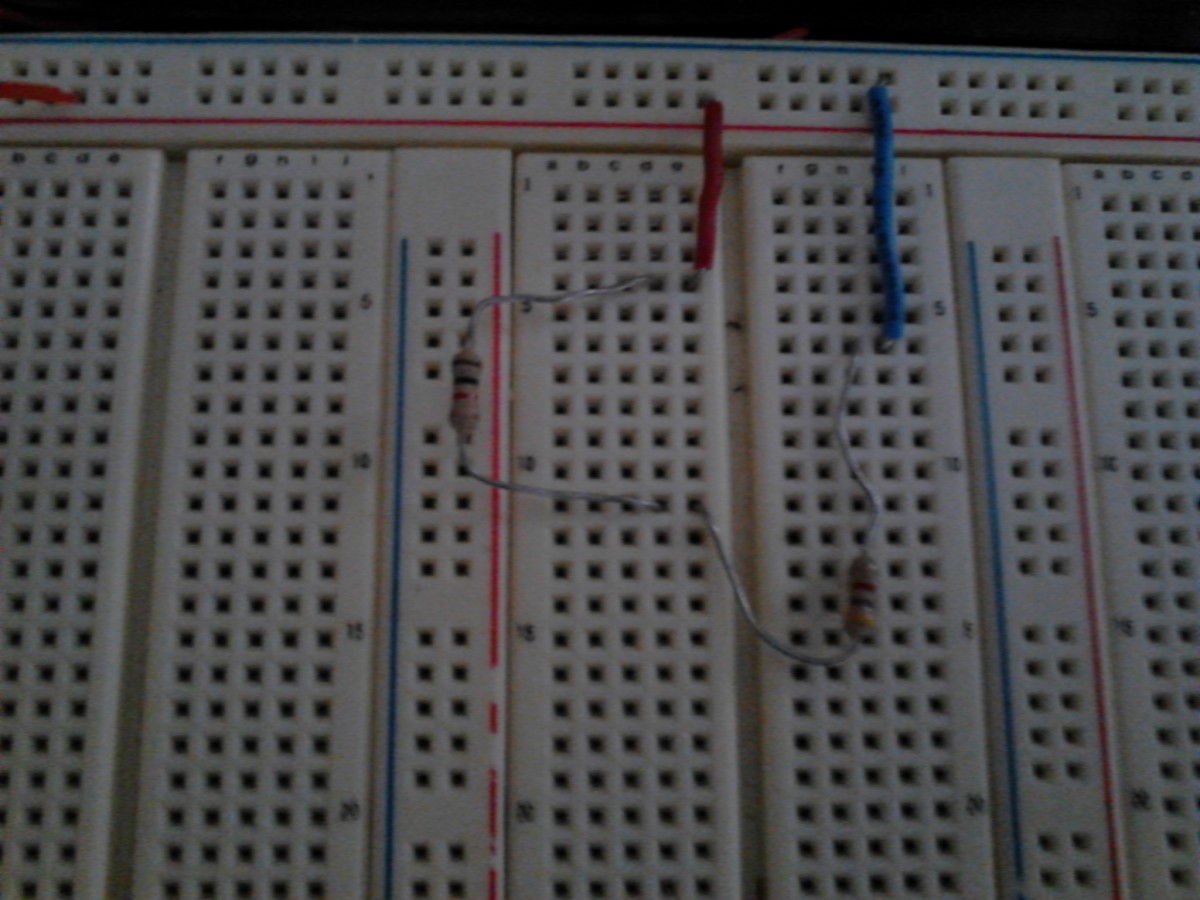Fix My Mac: Repairing Problems with the Apple Macintosh and OS X
Common Solutions for Perplexing Problems
Mac OS X not running like it should? Need help fixing your Mac? Here, we show you what you need to know to get your Mac running like new and keep it that way.
As you can learn in my bio, I maintain a lab that I have built over the last eight years that now is comprised of about 30 Macs. There are various makes and models, spanning the gamut from the lowly "Clamshell" iBook to a high-end Mac Pro, and even an Xserve.
These computers are (ab)used daily by classes of teenagers. As such, I have had a great deal of real-life experience maintaining, repairing, and generally just caring for a wide range of Macs.
In addition, I help others on sites like Macfixit, MacNN, MacObserver, and MacWorld, answering questions in the forums. It was in one of those forums where the idea of this site was born.
Here, I have created a place where you can turn to quickly find the solutions for many of the problems you might encounter on the Mac. If the answer is not here, I will certainly point you in the direction to find the help you need.
No, the Mac is not perfect, just better than every other alternative.
Hope this helps,
Jim
First Things First: Day to Day Habits
Top Tips to Keep Your Mac in Top Form
Apple provides the following advice to its users:
1) Keep Things Up to Date
Make it a point to check for Apple software updates at least once a month (I have my computers set to check daily via the Software update preference pane in System Preferences) to keep your system running optimally. From the Apple menu, choose Software Update while your computer is connected to the Internet. Software Update will assess the Apple software on your computer and check our servers for new versions. If it finds any, the updates will appear in the Software Update window. Select the checkbox for the software you want and then click the Install button to download and install the software. You can configure Software Update to automatically check for updates either daily, weekly, or monthly.
2) Put Your Files Away
Put your files away where you can easily find them. This can help prevent accidental file deletion and help you find things much more efficiently. You can get organized by creating new folders (in the Finder, press Shift-Command-N) and arranging them into a workable hierarchy for your files at hand, or you can move your files into existing folders.
3) Name Your Files
Go through your generically-named files and folders and give them more descriptive names so you can find what you need fast. This can help you get organized and makes it easier for Spotlight to search and find what you're looking for, especially one file amongst your digital photo collection with names like DSC_0431.jpg and so on.
Note: If you use iPhoto to manage your photos, don't use the Finder to rename the files.
4) Prune Through Your Files
To reduce the amount of clutter on your hard drive, free up some disk space by archiving large, seldom used files, and be sure to name the resulting archive file appropriately, too, so you know what's in it. Delete any unnecessary or outdated personal files whenever possible and anything that you no longer want or need-just drag them all into the Trash and don't forget to empty it.
5) Back Up Your Files
To prevent losing your prized or important files, make it a point to back up on a regular basis. You can back up files onto a CD, DVD, external hard drive, iPod, iDisk, or other storage medium and then delete the copies on your hard drive to free up some space. To learn how to back up files, choose Mac Help from the Help menu in the Finder and do a search for "back up files." If you have a computer with "Leopard" (OS X version 10.5), you absolutely should purchase an external drive and set up Time Machine to handle back ups for you. Learn more about using Time Machine in the section concerning Time Machine below.
6) Clean the Outside
Dust and other debris can harm your computer's innards if you allow the stuff to build up around your workspace. Use a soft, dry, lint-free cloth, feather duster, or canned air to clean your Mac's outside as well as the surface areas around it. You can use a slightly water-dampened cloth to clean the screen. Do not use any type of liquid cleaner to clean your Mac.
7) Clean the Insides (use caution)
NOTE: Most newer Macs are closed, one-piece systems. I do not open these machines for this purpose. I use a vacuum that allows you to not only vacuum in the traditional sense, but also blows a stream of air out. Canned compressed air can provide the same effect, just be careful with it. Using this setting, with air blowing from the vacuum, I blow out-gently and from a safe distance-all the dust that collects inside the machine at least twice each year. You would be surprised at the amount of dust collected inside your Mac towers.
Staying Out of Trouble: Regularly Scheduled Maintenance Program
Perform regular tune ups on your Mac's engine
There are a number of things you can and should do to keep your Mac running smoothly. I recommend doing the following things:
1) Run Disk Utility -- Run this once a month or so. Apple's Disk Utility (ADU) allows you to do two things: repair permission and "verify" your volume. Repairing permissions is somewhat akin to voodoo, and geeks debate the merits of repairing permissions. I come down on the pro-side and suggest you repair permissions with regularity. ADU will also allow you to verify your disk, if you are running Mac OS X v. 10.5.x, otherwise known as "Leopard" or later. Here's what to do:
After launching ADU, select your hard drive in the sidebar section. Next, click Repair Permissions (don't bother with Verify Permissions). If there are permissions errors to correct, ADU will correct them. After this is done, click Verify Disk. If there are errors with the disk, you will have to boot to your install disk to repair them (more about that below).
2) Get a copy of Cocktail -- Cocktail is a free program designed to perform a host of maintenance tasks. If you buy the full version (only $14.95), you can set it to run on a schedule. I invested in the program for the "Pilot" feature and have it running the tasks I selected on a weekly schedule. Here's what I run weekly from the Pilot tab (these are just check boxes in the Pilot; no brains required ;-) :
1) I run the Daily, Weekly, and Monthy scripts. (they run Apple's built-in maintenance scripts.)
2) I clear the System, User and Internet caches. (go with the default options)
3) Repair disk permissions
4) I chose the option to have Cocktail restart my Mac when the Pilot has completed the task.
5) Press run (unless you have the full version and it runs on a schedule) and walk away.
When it is finished, you will have completed a host of custodial duties, with little to no effort and your Mac will be ready to work or play.
3) Run fsck once a month or so. fsck is an acronym that is short for File System Check. I will discuss this in more depth in the section below. While it is a good preventative maintenance procedure, it is also a handy repair utility, so I will discuss it in that section. (Note: scroll about halfway down the page linked for fsck above to see the specific instructions for running fsck.)
4)Run DiskWarrior if you have a copy. I hesitate to put this here because DiskWarrior is a $100 program and most of you will not have it. For now, suffice it to say, if you have it (and you should, 'cause one day you are going to need it), I suggest you run it monthly. I will discuss DiskWarrior further along with fsck a section below. If you'd like to get a copy, here's a link:
DiskWarrior 4.0
OK, So You've Got a Problem...
What to do when things just aren't right.
Like I said, not every Mac runs perfectly all the time. Occasionally, we Mac-users run into problems. In this section, I will describe the first steps I go through to try to correct general problems.
1) Restart the Computer -- Sounds too easy doesn't it, but often this simple act will get things back on track. Because Macs are so reliable, in general, we rarely have the need to actually shut down our computers anymore, so we don't. And, really, we don't have to very often. But... there is a certain magic that happens with a complete shut down, pausing patiently for 5 or 10 seconds, and then restarting your Mac. Try it.
If the problem persists past a restart, then I move on to the two things I alluded to above: fsck and DiskWarrior.
2) Try running fsck -- Again, fsck stands for File System Check and the directions are at the link I just provided about halfway down the page. Since the instructions are available, I will speak about what it is and what you will experience here.
fsck is a command-line utility that can verify and repair your Mac software. It is a bit "weird" for Mac users in that you actually don't log into your desktop. If you follow the instructions (see link above) properly, your Mac's monitor will turn black and have a bunch of white writing on it (similar to the way Windows normally boots up). You type what for most users will be a strange string of characters:
sbin/fsck -fy
This will tell your Mac to perform the filesystem check and make all necessary repairs.
NOTE: If it makes any repairs, you will be notified in all caps that the ******FILE SYSTEM WAS MODIFIED****** If you see that noted, you must run fsck again until you not longer see that notice. When you are notified that "The volume appears to be OK," you will type reboot and press return. Your Mac will boot normally, and -- hopefully -- your problem will be solved.
4) Boot from the Mac's Install DVD -- The DVD contains a copy of Apple's Disk Utility (ADU -- yes, the same one mentioned above). Here's what you do:
1) Choose your native language at the first screen.
2) Select Disk Utility from the menu bar. This will take you to the Disk Utility screen.
3) Select your hard drive from the sidebar.
4) Click on the First Aid tab.
5) Click Repair Disk.
This will make any repair that it can. If there are errors it cannot correct, it will notify you of that. If that is the case, the next step is #4.
4) Run DiskWarrior -- If none of the procedures above solves the problem, I generally next turn to Alsoft's DiskWarrior. I can't tell you how many times DiskWarrior has "saved my bacon," as they say. It is simply THE Mac OS X utility to own. There are others (TechTool Pro and Drive Genius) that offer help, but if I am only buying one utility it will be DiskWarrior.
To run DiskWarrior, you have to boot your computer from the DiskWarrior disk:
1) Insert the disk in the the drive, and restart the computer.
2) Hold down the letter C on the keyboard. This tells the computer to start from the optical drive.
3) Continue holding C until you see the gray screen with the Apple logo and the spinning gear starts spinning in the lower center of the screen.
4) It will take a while for the computer to boot; several minutes is not unusual.
5) Click agree when prompted and wait a bit longer.
6) When prompted, click the Rebuild button.
7) When prompted, click replace.
8) When that is complete, quit and restart.
If the errors are not beyond it, DiskWarrior will have corrected errors and optimized your drive. Life should return to normal. If the problems are beyond DiskWarrior's capabilities, well... you are in trouble. You may have to reinstall the operating system (more about that below).
Who to Turn To for More Help
There are great sites to help you help yourself.
So, things aren't working like they should and you've tried all the things above. What's next? Well,there are a number of other sources of help. Here are links to the places I turn to for help:
MacFixIt -- The name says it all. This is my first stop for any serious question/issue. Ask your questions in the forum.
Apple Support Apple's Discussion forum is another place that will serve you well.
The following forums are also good places to turn for help:
Last Ditch Effort: Reinstalling OS X
When nothing else works, try a reinstalling the operating system.
OK, so you've tried everything else and haven't been able to solve your problem? It may be time for a reinstall.
When you reinstall the operating system, depending on your settings, you are taking the computer back to a fresh set of system files. Fortunately, Apple makes reinstalling the OS a relatively simple thing; however, there are some things to be aware of.
You can choose to 1)completely erase the computer (will will erase EVERYTHING, including your personal documents and files), or 2) simply reinstall the system files, leaving everything else intact.
My friends at MacFixIt have written an excellent how-to reinstall Mac OS X. If you feel this is what you need to do, this is what you need to read:
The Blinking Question Mark
See a blinking question mark when you try to boot your Mac?
Sometimes when Mac users restart their computers, we are faced with a blinking question mark. What does this mean?
Well, the blinking question mark on boot implies that your Mac does not know where to find the "System Folder" -- this is the folder where you system files are kept.
This could cause no problems at all (if it just shows briefly and then starts up normally) or be a bad sign.
If your computer will not start, you have some real issues to deal with. If the blinking question mark shows only briefly, you just need to set the system folder as the Startup Disk in your system preferences.
Apple has written a thorough support article which will help you work through your issues. You will find that article here:
Time for a New Mac?
Eventually, it is time to consider a new Mac. Here's what I recommend:
Below, I have listed my recommendations. The models chosen are not necessarily the least expensive models at each level, but rather the ones I feel offer you the best value.
While I know price is a factor for many, my experience has shown me that just because you pay less you are not necessarily getting a better deal.
The models we recommend below are models we believe offer you the most value for your purchase.
The consumer models listed in the section below are the models typically chosen by the average home user. They are all good machines for the market each serves. There are three options: two desktops and a laptop.
1) The Mac Mini: a great little machine! I have two of them in my labs and they are rock solid. This is a great option for the buyer who already has a mouse, keyboard and monitor, and is looking to spend as little as possible.
2) The iMac: In my opinion, a better value than the Mac Mini, though it costs a little more. I have eight of them: 6 in my labs and two at home. While the mini, allows you to spend less, the iMac is really not that much more and includes a monitor and all peripherals. It receives my highest recommendation for those looking for a desktop machine. If I were buying desktop for an average home user, this would be the one.
3) The Macbook: Take everything I just wrote about the iMac and put it here, substituting laptop for desktop. If I were buying laptop for an average home user, this would be the one. (Note: they also come in a beautiful matte black for an extra $150.)
Now on to the Pro models. These models are for "power users": people who need the power these machines provide. These are also the machines you want if you simply want the most powerful Apple machines available. If you intend to spend most of your computing time editing photos or video, these are the models for you.
4) The Macbook Pro: This is a very powerful laptop. It is the computer I am typing this on and the one I use for hours most days. I love it. Whether I need to run Windows for certain school-related tasks, composite photos for the yearbook, edit a video project, or author a professional quality DVD, this is the machine I am likely using.
5) The Mac Pro: The ultimate Mac. It can do anything you want. This is the machine sitting on my desk at work. Orders of magnitude better than every other Mac. If you want the most powerful computer you can buy this is the model for you.
Finally, the Macbook Air. In my opinion, this is a niche product. It is an incredible design: very thin and elegant. However to achieve this feat, Apple chose to leave out a built in CD/DVD player and Firewire ports, and includes only one USB port. In a sense, it is a crippled machine with these omissions, however, what is achieved is a very light, very thin machine. Here is my recommendation:
6) MacBook Air: It is a machine I only recommend to a certain subset of users: the traveler. If you are someone who lives on the road a would like the option of an ultralight laptop (3 lbs) and are willing to give up a few standard (but important) features (firewire and built-in optical drive to start), then this is for you. Otherwise, look to the Macbook or MBPro.
Is it Time?
Find the New Mac That's Right for You
Above you've read our recommendations, now it is time to find the model that's right for you.





